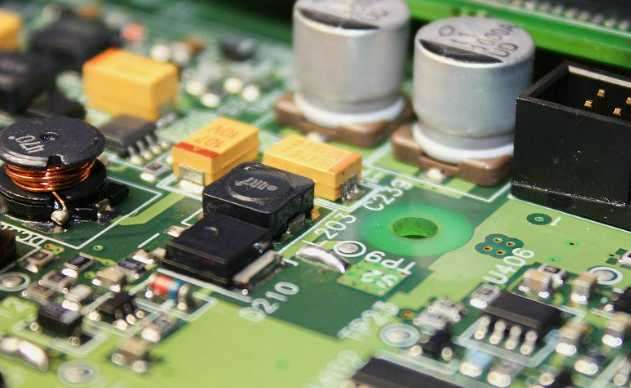
In concept, wireless transmitters and receivers can be divided into two parts: fundamental frequency and radio frequency. The fundamental frequency includes the frequency range of the input signal of the transmitter and the frequency range of the output signal of the receiver. The bandwidth of the fundamental frequency determines the basic rate at which data can flow through the system. The fundamental frequency is used to improve the reliability of the data stream and reduce the load placed on the transmission medium by the transmitter at a specific data transmission rate. Therefore, when PCB design baseband circuit, it needs a lot of signal processing engineering knowledge. The RF circuit of the transmitter converts the processed baseband signal, ups the frequency to the specified channel, and injects this signal into the transmission media. In contrast, the receiver's RF circuit can take the signal from the transmission medium and convert and reduce the frequency to the fundamental frequency.

Transmitters have two main PCB design goals: the first is that they must emit a specific amount of power while consuming the least amount of power possible. Second, they cannot interfere with the normal operation of transceivers in adjacent channels. As far as receivers are concerned, there are three main PCB design goals: First, they must accurately restore small signals; Second, they must be able to remove interference signals outside the desired channel; Last but not least, as with transmitters, they must consume very little power.
Rf circuits simulate large interference signals
The receiver must be sensitive to small signals, even when large interfering signals (blockers) are present. This occurs when an attempt is made to receive a weak or distant transmitted signal with a powerful transmitter nearby broadcasting in an adjacent channel. The interference signal may be 60 to 70 dB larger than the expected signal, and can block the reception of the normal signal by overcovering the input phase of the receiver, or by causing the receiver to generate excessive amounts of noise during the input phase. If the receiver is driven into the nonlinear region by the interference source during the input phase, the above two problems will occur. To avoid these problems, the front end of the receiver must be very linear.
Therefore, "linearity" is also an important consideration when designing a PCB receiver. Since the receiver is a narrow-frequency circuit, the nonlinearity is measured by measuring "intermodulation distortion". This involves using two sine or cosine waves of similar frequency in the center band to drive the input signal, and then measuring the product of their cross-modulation. In general, SPICE is a time-consuming and expensive simulation software because it has to run many loops to get the frequency resolution needed to understand the distortion.
The RF circuit simulates the small desired signal
The receiver must be very sensitive to detect small input signals. In general, the input power of the receiver can be as small as 1 μV. The sensitivity of the receiver is limited by the noise generated by its input circuit. Therefore, noise is an important consideration when designing a PCB receiver. Moreover, the ability to predict noise with simulation tools is essential. Figure 1 shows a typical superheterodyne receiver. The received signal is first filtered, and then the input signal is amplified by a low noise amplifier (LNA). This signal is then mixed with a first local oscillator (LO) to convert this signal to an intermediate frequency (IF). The noise efficiency of the front-end circuit depends mainly on the LNA, mixer, and LO. Although the LNA noise can be found using traditional SPICE noise analysis, it is useless for mixers and LO, because the noise in these blocks is heavily affected by the large LO signal.
The small input signal requires the receiver to have a very large amplification function, usually requiring a gain as high as 120 dB. At such a high gain, any signal that is coupled from the output back to the input can cause problems. An important reason for using the superheterodyne receiver architecture is that it can distribute the gain over several frequencies to reduce the chance of coupling. This also makes the frequency of the first LO different from the frequency of the input signal, preventing the large interfering signal from "contaminating" the small input signal.







